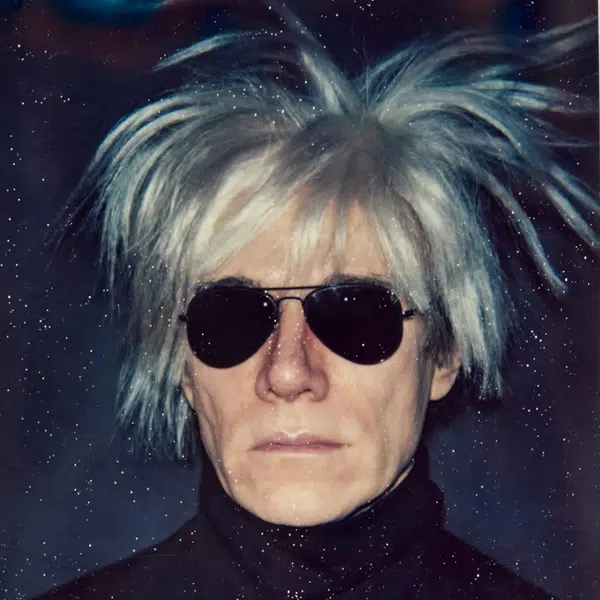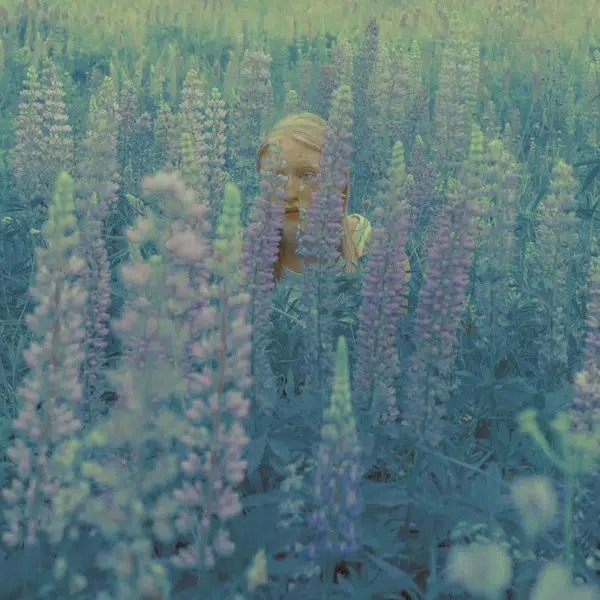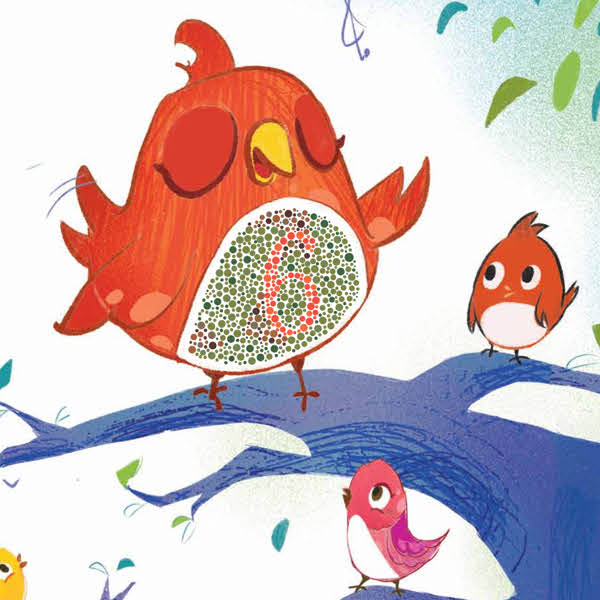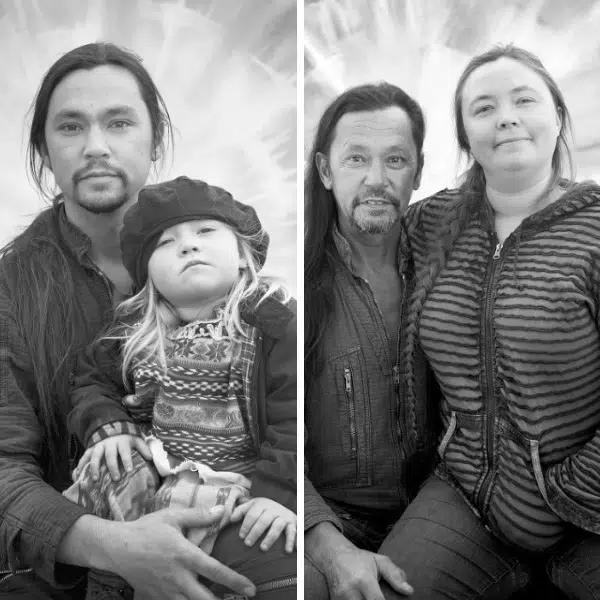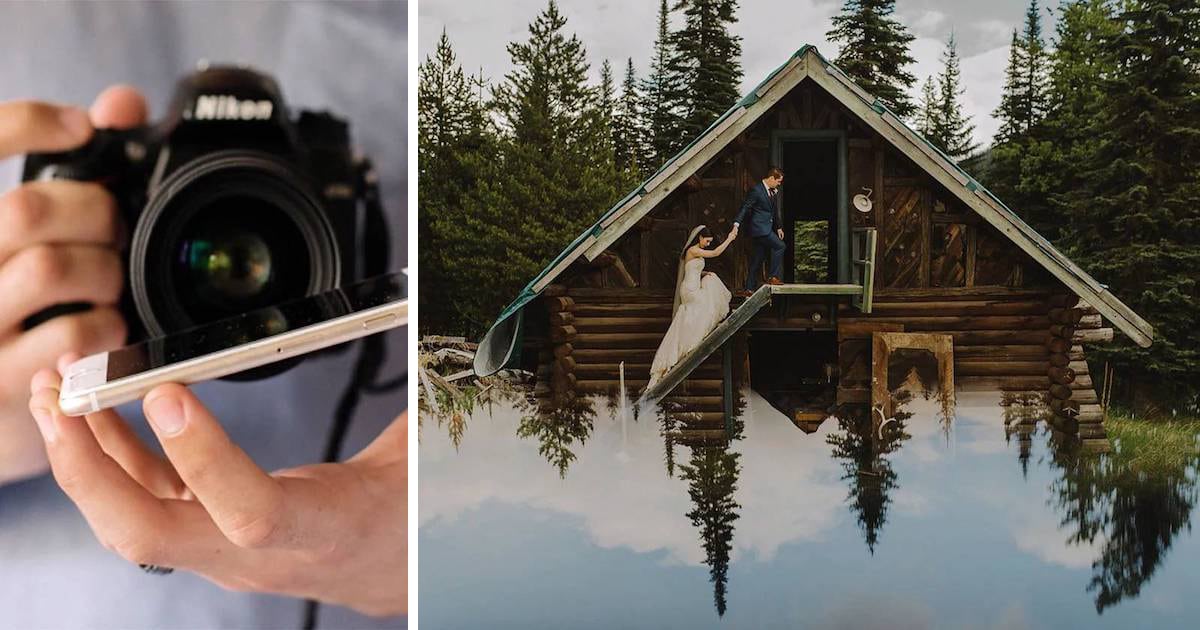
With today’s technology, it’s easier than ever for photographers to create images that are not only breathtaking but also ignite our sense of wonder. Often, this is through photo manipulation in programs like Photoshop. But photographer Mathias Fast has recently introduced a fantastic photography hack that will give your images a fantastical, ethereal feel without you having to know your way around a computer. (Although it helps.) He simply uses his phone screen to add a reflective element to an image that makes an otherwise grounded composition feel like it’s floating.
There are a number of benefits to this clever photography trick, which requires nothing more than a smartphone and DSLR camera. “By using a phone screen as a reflective surface,” Fast explains, “it is possible to cover up unsightly elements, add intrigue, and make an image that much more interesting.”
You can easily perform this photography hack. Start by holding your phone horizontally at the bottom of your camera lens. At that point, look through the DSLR viewfinder. You’ll see part of your composition reflected onto the lower half of the image. Based on what you see, adjust your phone slightly—but still hold it close to the lens—to get the reflection you want. Then, snap your picture and you’re done!
Fast has several tips for making the most of the technique. One is to remove a bulky phone case; doing so will “create a more seamless reflection.” Another tip is to apply a gradient in post-production, which will add balance to the image and even out the tone of the reflection. (Often, a reflection will appear lighter or darker than the rest of your picture.)
Fast suggests using architectural elements in this hack. Windows and arches tend to reflect well. And while the results can be really dramatic, they don’t have to be—sometimes adding a hint of a mirroring is all you need.
Photographer Mathias Fast has a clever photography hack that requires only a DSLR camera and your smartphone.
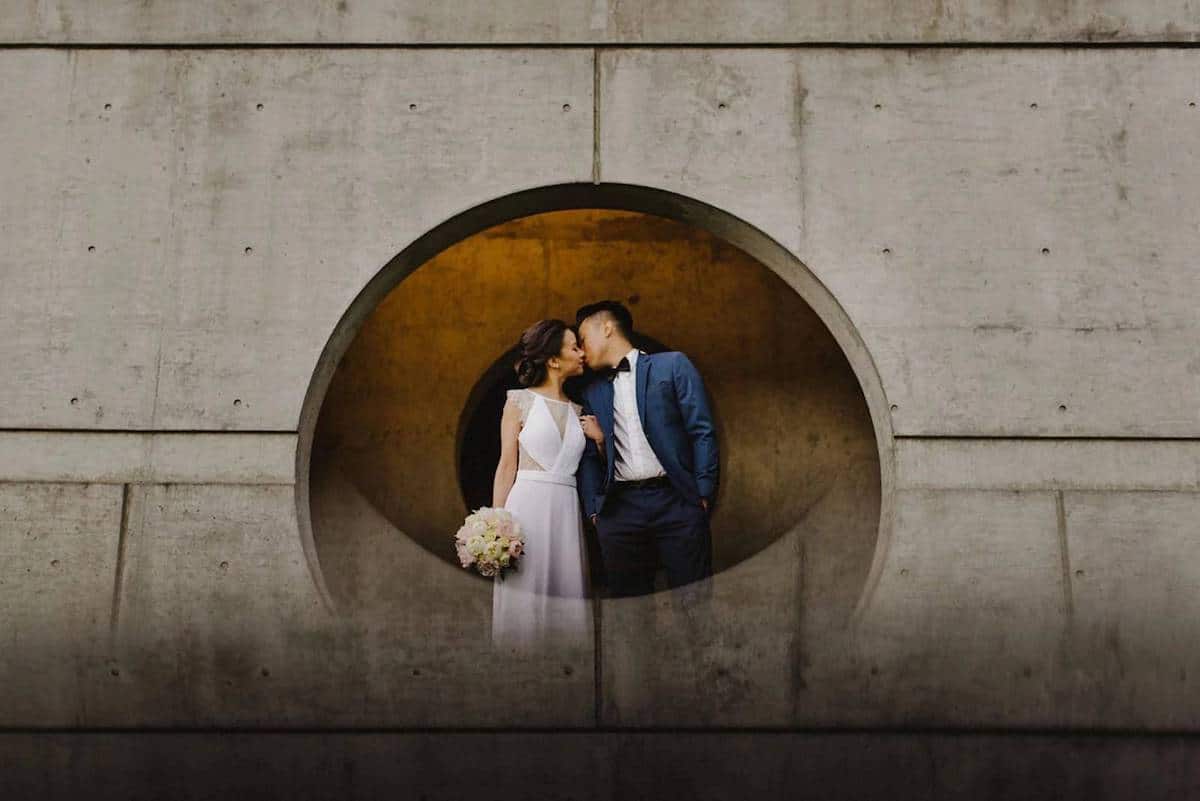
By positioning your smartphone at the base of your DSLR lens, you can create images that have a fantastical, ethereal feel.

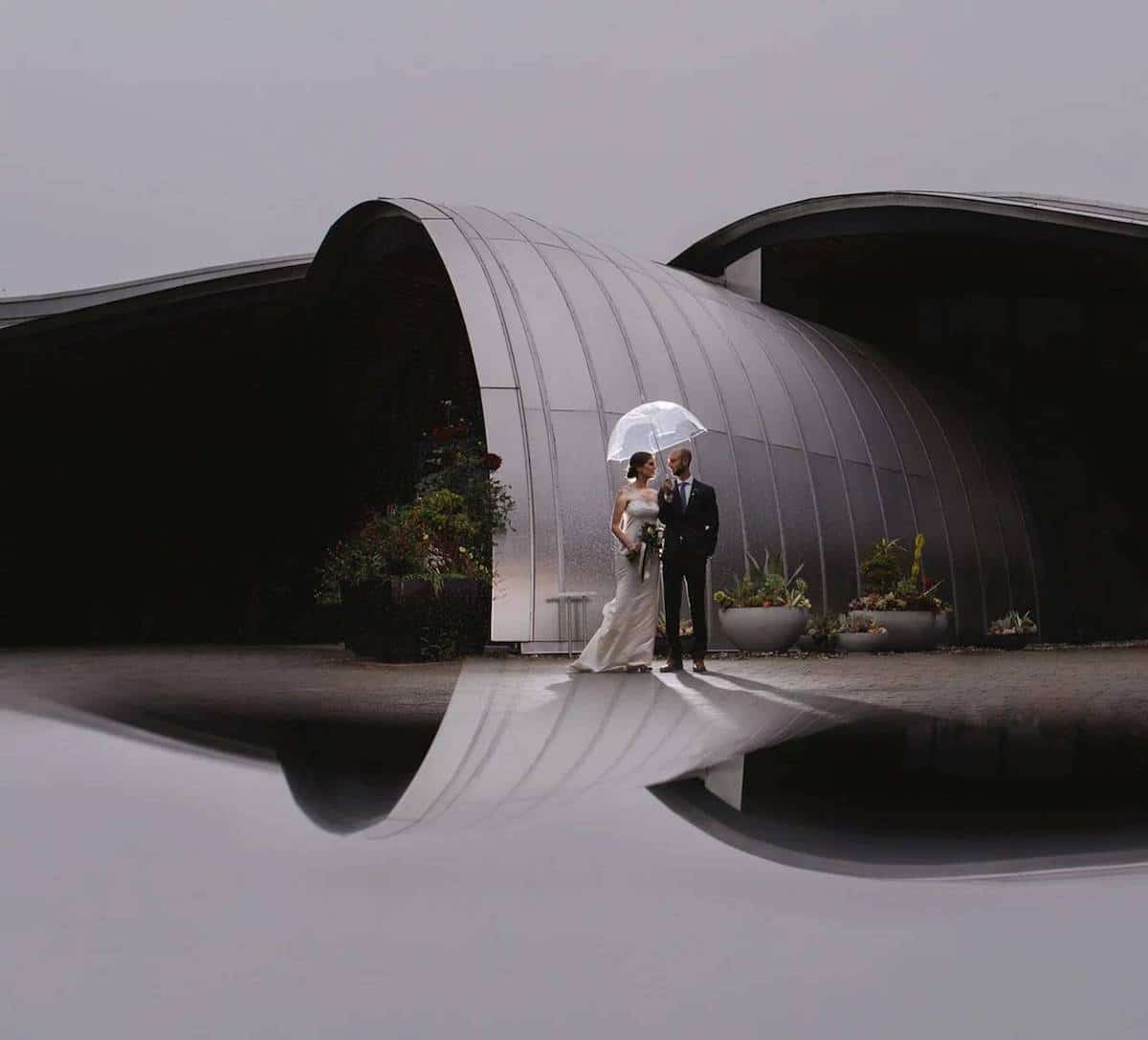
It can also help you cover up “unsightly elements” in a setting:
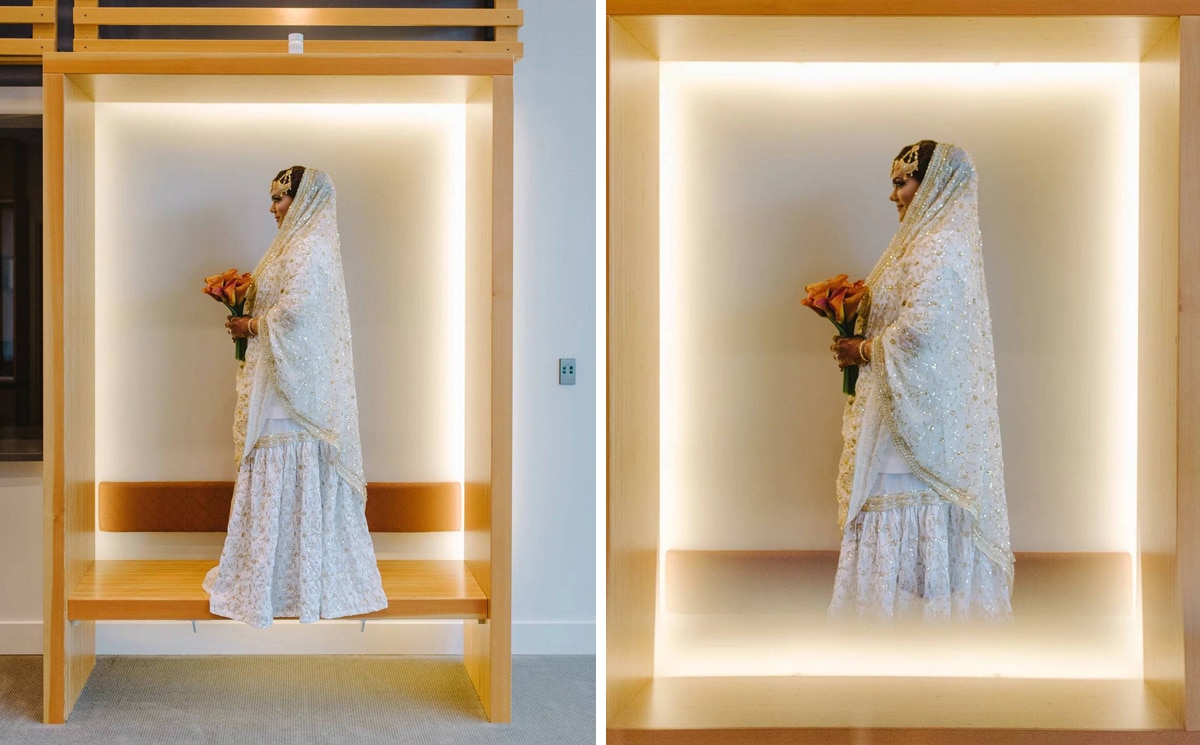
Fast has some tips to make the most of this ingenious technique.
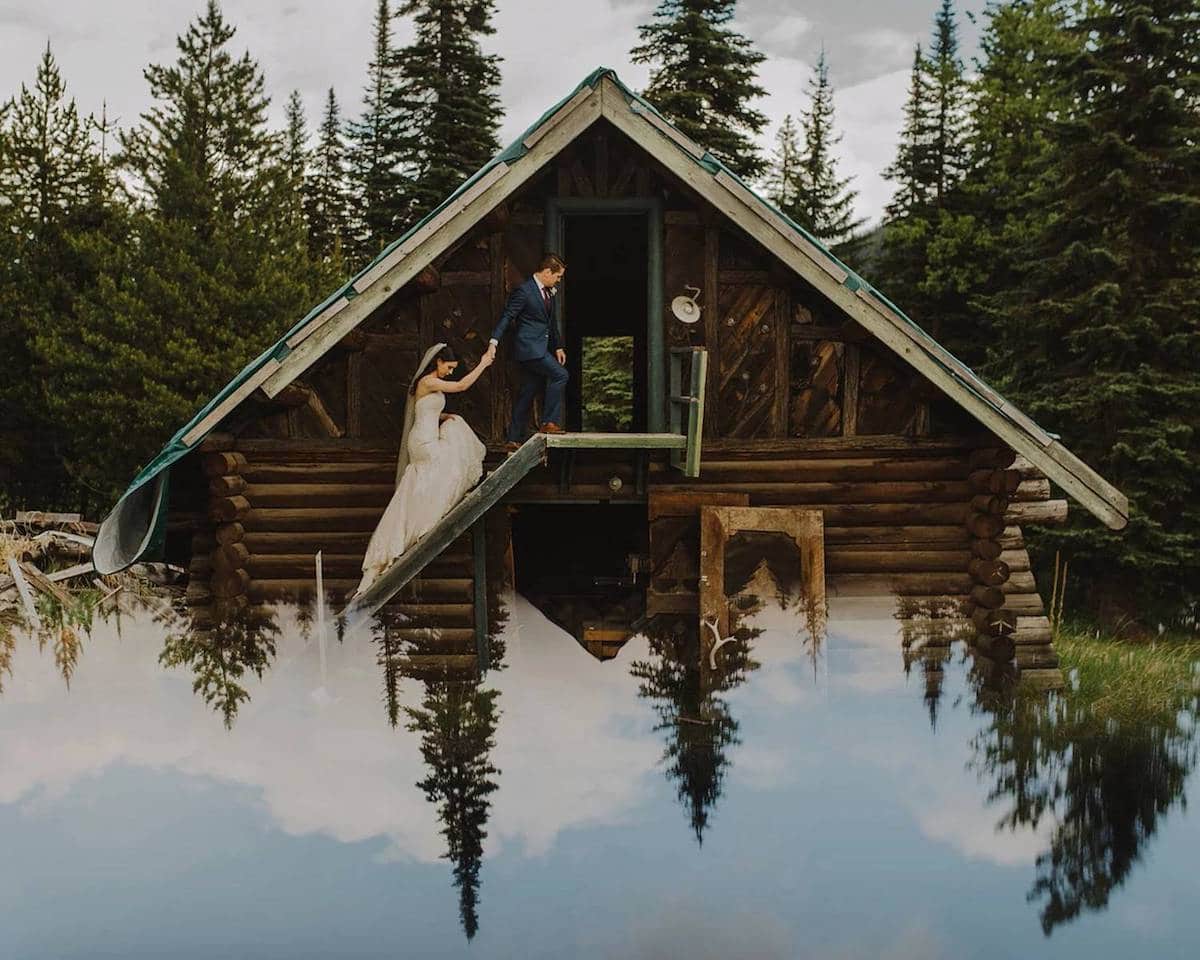
Remove that bulky case and adjust your phone to change how the reflection looks in your image.
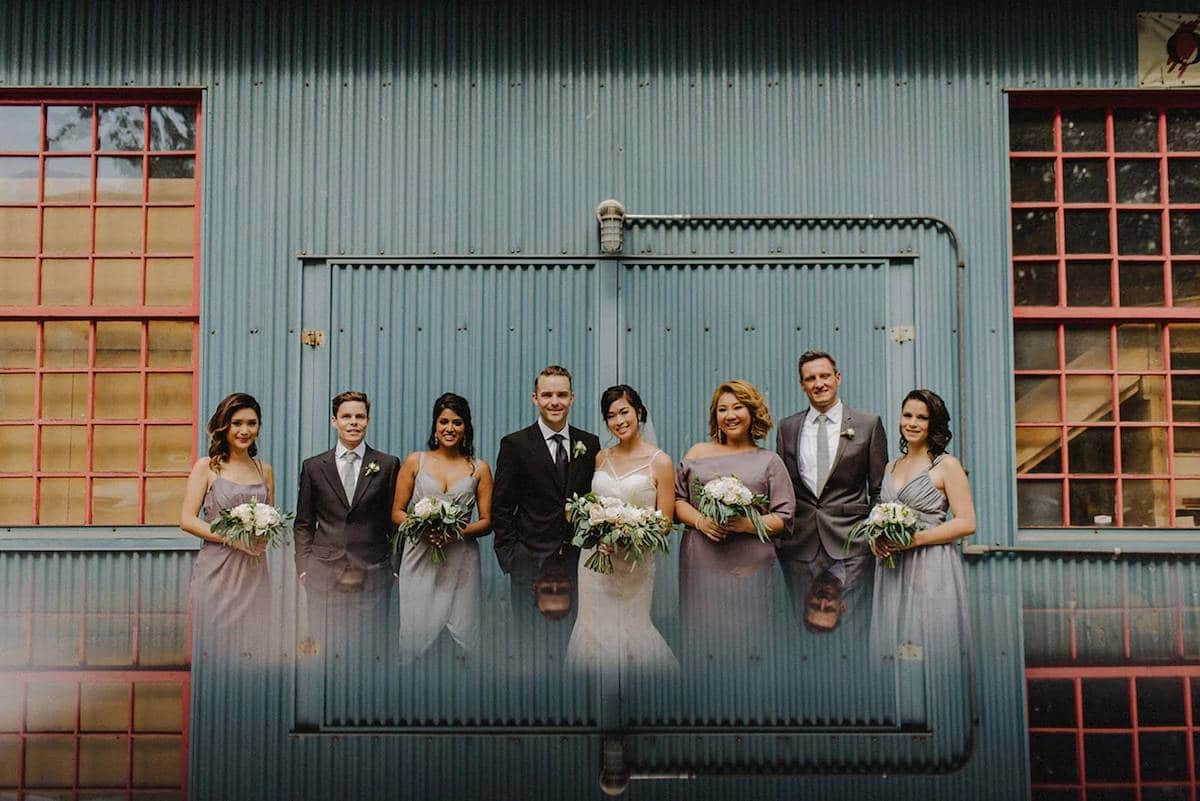
Architectural elements make for great mirrored images.
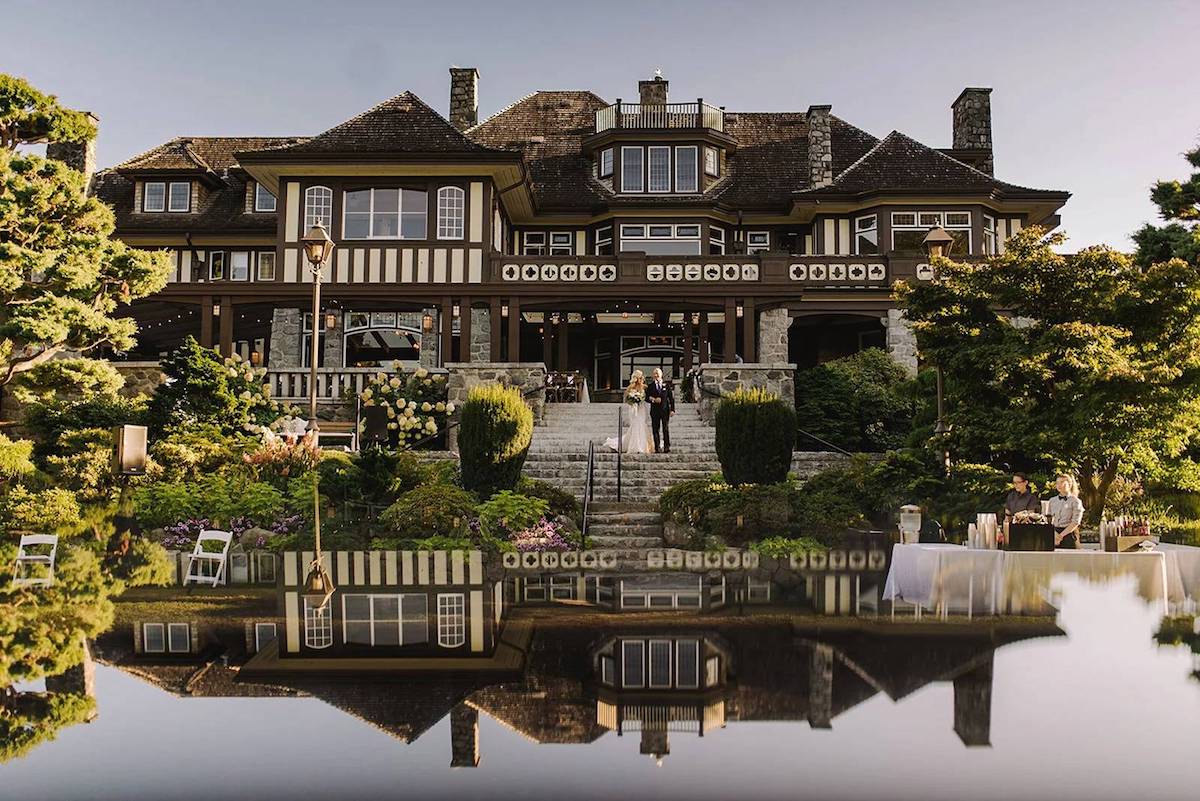
Although it's not necessary, adding a gradient in post-production can help make the image appear more even toned…

… because the part that's reflected often looks lighter or darker than the rest of the picture.
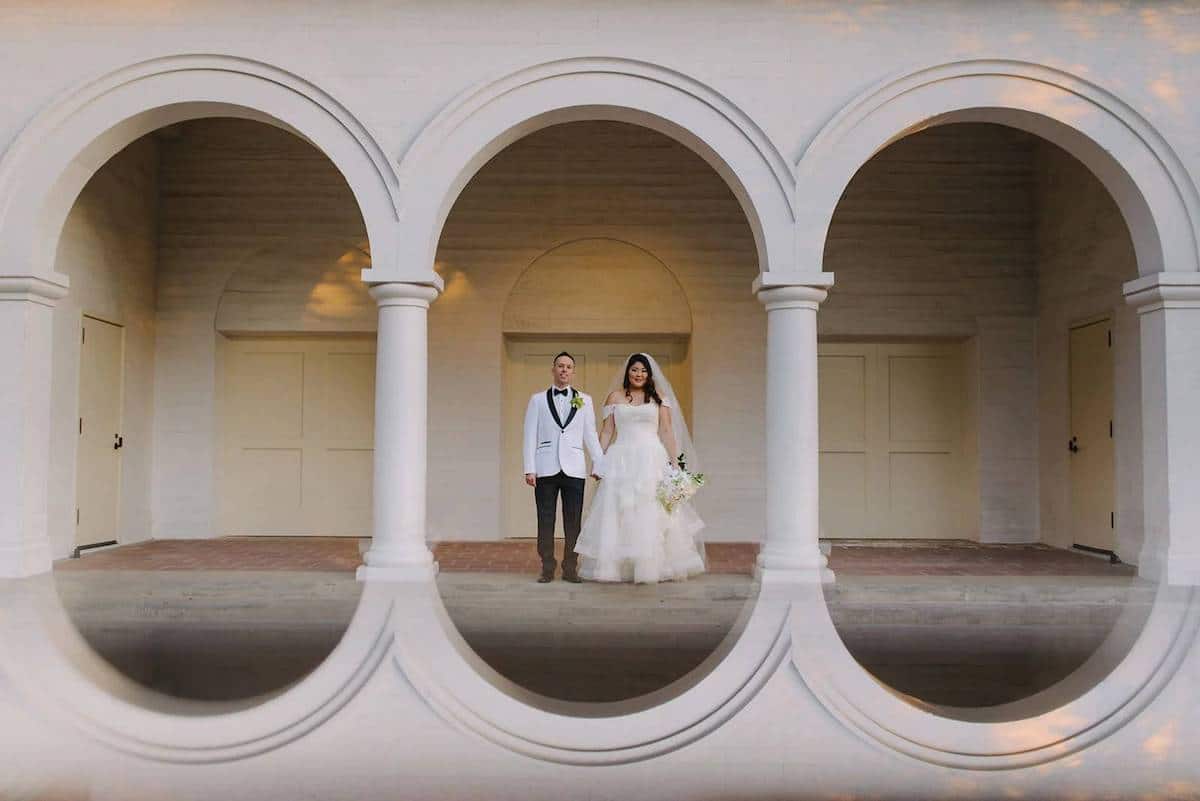
And finally, while you can create dramatic reflections, sometimes just a little mirroring is all you need.
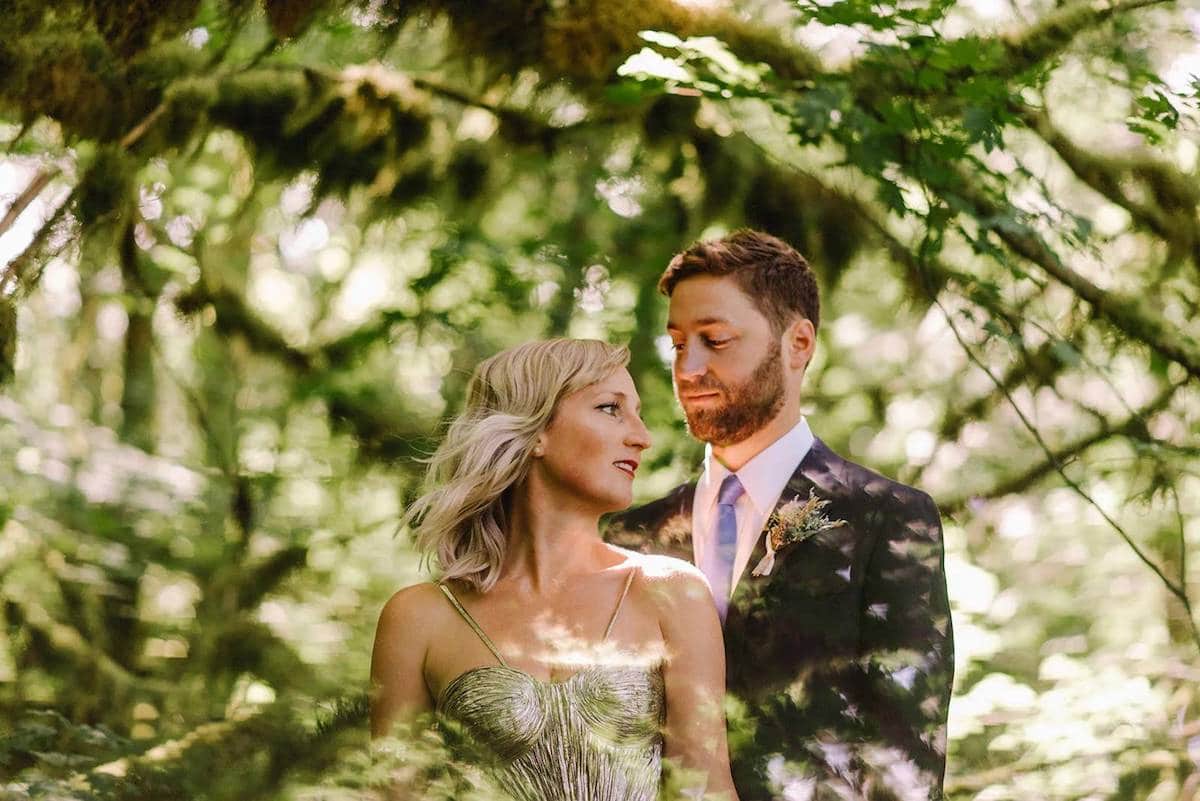
Mathias Fast: Website | Instagram | Facebook
My Modern Met granted permission to use photos by Mathias Fast.
Related Articles:
15 Top Photography Blogs to Elevate Your Craft and Inspire Your Work
Professional Photographer Uses McDonald’s Big Mac Box to Light Portraits
Photographer Uses Christmas Lights to Illuminate Magical Portraits














































































